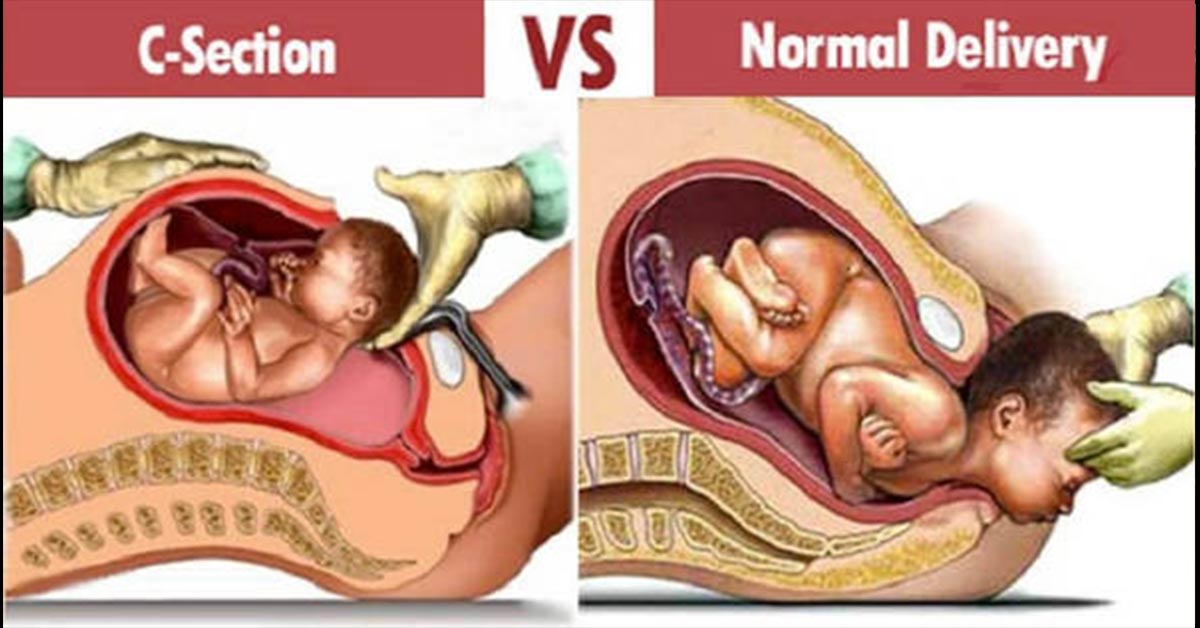
Childbirth is definitely one of the most momentous and celebrated occasions in a woman’s life. However, the stages of labor and childbirth is also a very fragile condition to be in. Since time immemorial; women have gone through the throes of childbirth and in complicated times when healthcare was not as advanced as it is today; childbirth often posed a mortal danger for women. Even today; the stages of childbirth comes with its fair share of complications; some major and other minor. As such; women are required to consider the implications of childbirth and make appropriate decisions. One such decision is choosing between a C-section childbirth or natural labor. While many women prefer the natural route; some women may be best served by a C-section delivery. Let’s weigh out the varying factors that determine the safest mode of childbirth.
While vaginal delivery or natural childbirth is often preferred over a C-Section; studies suggests that vaginal delivery can lead to anal dysfunction or obstetric anal sphincter injuries (OASIS). This condition can have both short term and long term effects on a woman’s health and quality of life; which is why the risk of OASIS must be considered before opting for a vaginal childbirth.
A prior C-Section might require careful consideration while attempting to deliver vaginally. Doctors often do not consider vaginal delivery when a patient has a medical history of a prior C-Section. However, it is becoming increasingly common to attempt vaginal delivery in spite of having a C-Section delivery in the past. These attempts often have mixed results and studies are currently underway; in an effort to determine if this variable practice is the safest childbirth route.
Data suggests that there is in an upward trend in the rate of C-Sections being performed and this is not necessarily a bad thing. A C-Section may be one way to bypass some of the complications of vaginal birthing. However, it cannot be touted as the sole safe option or even be considered safer when compared to vaginal delivery. It has definitely reduced the risk of mortality for mother and child. However; studies suggest that the increasing rate of C-Sections has had no impact on the number of cases of asphyxia and the Perinatal Mortality Rate in newborn infants.
It is an established fact that a C-Section is the next course of action when a vaginal delivery is bound to be complicated. As such; it is quite apparent that natural childbirth is preferred over a C-section. This is not to say that natural childbirth does not come with its fair share of complications. However; C-Sections are known to be of a repetitive nature and added complications arise after each C-Section procedure. In comparison; natural delivery only gets shorter and easier after every attempt.
In conclusion; whether to opt for a C-Section or vaginal delivery is a collective decision which requires the expertise of a doctor and consideration for the patient. Variable factors weigh in favour of one or the other on a case by case basis; though universally natural birth is the preferred route of childbirth.
© 2025 vanshhospital.com. All Rights Reserved